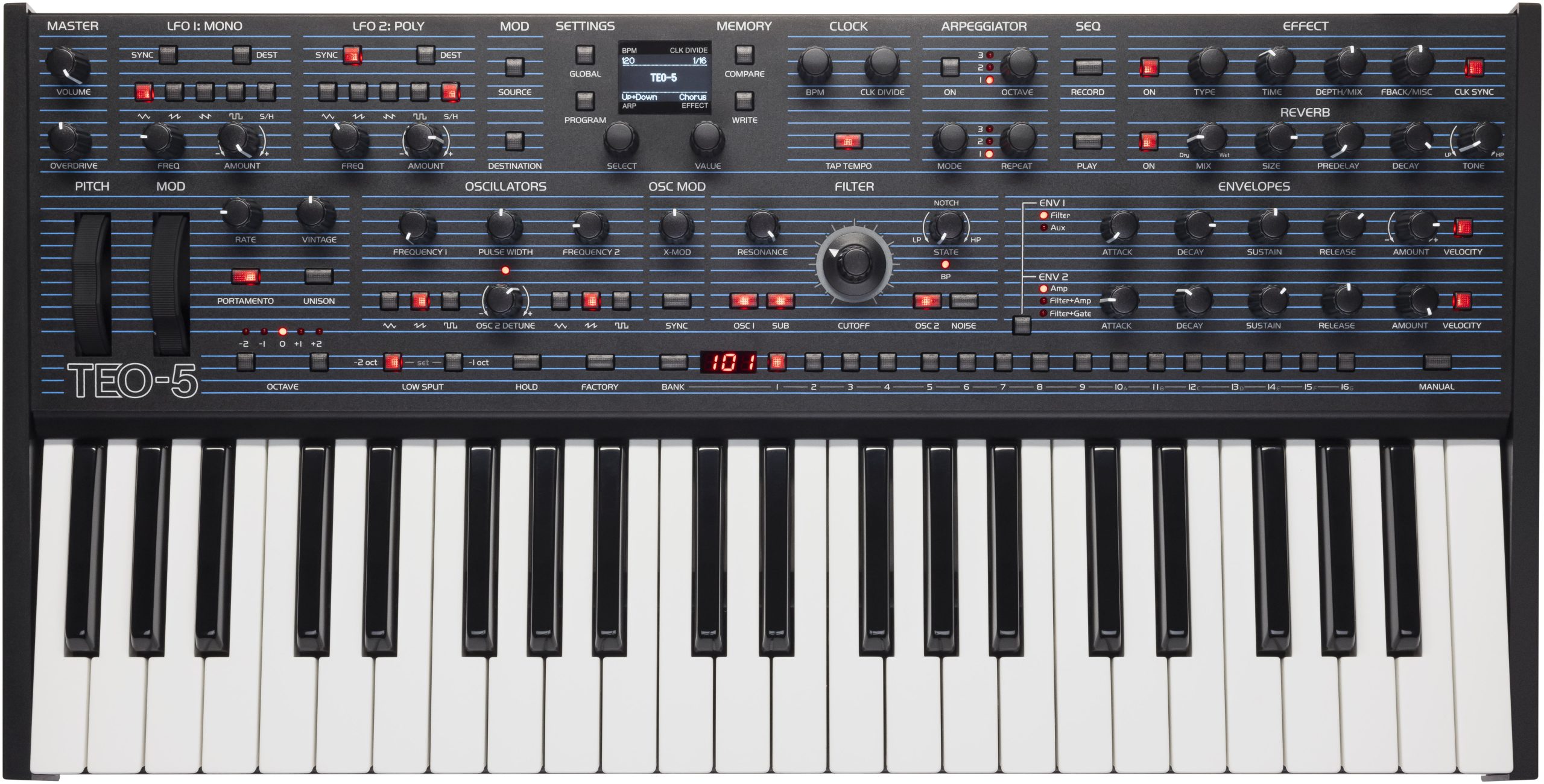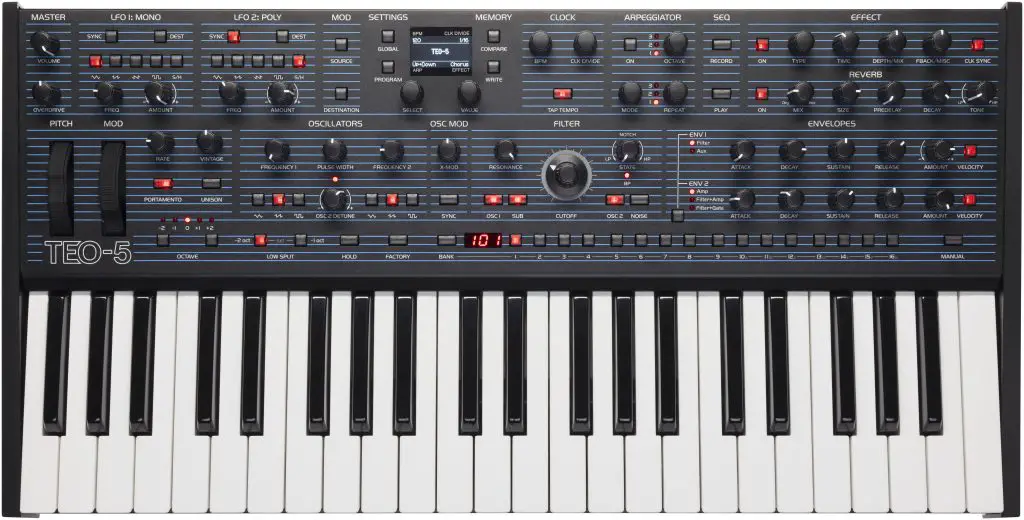
When a product announcement video garners millions of views within a week of its release, it’s clear there’s something unique on the table. The recently revealed Nopia is creating waves in music technology, intriguing enthusiasts with its unconventional functions and promising potential. On the surface, it’s a gadget that looks like it has leaped out of a Wes Anderson movie – quirky and aesthetically pleasing. But beneath its playful exterior lies a powerful combination of music composition tools that could redefine how we approach music creation.
However, as with any new product, particularly one that amasses such swift and significant attention, a critical question arises: Is Nopia just another fleeting gimmick, or does it offer genuine, lasting value to the music world? At first glance, Nopia seems to present an array of compelling features. Its ability to generate chords within a chosen key, integration of Tonal Harmony for creating complex chord extensions, and a bass section capable of providing an instant rhythm section are just a few examples. But beyond the hype and initial interest, the real test for Nopia will be its practical applicability and longevity. Will this device transform how musicians compose and perform, or will it become another forgotten tool in the vast music technology landscape?
Let’s delve into the specifics of Nopia to understand better what this novel gadget (or game-changing hardware unit) brings to the table.
An Innovative Music Tool
In an age overflowing with tools and plugins designed to streamline music creation, Nopia might have become an exciting new player. Developed in Buenos Aires, Argentina, this innovative hardware concept is a one-stop shop for music-making needs, gathering an array of tools into a compact, aesthetically pleasing box. Bearing a comforting pastel hue, soft lights, and a quirky one-octave keyboard, Nopia might remind you of creations from design studios like Love Hultén or Critter and Guitari. Despite its charming exterior, the innovative functionality hidden beneath the surface truly sets Nopia apart.
Functionality of Nopia

Dive deeper into Nopia’s structure, and you’ll find a single-octave piano-style keyboard alongside a set of corresponding buttons. These elements serve as the device’s core, allowing users to choose their key and generate chords within that key. But the genius of Nopia lies not in its chord generation capability, a feature many might argue isn’t revolutionary, but in its integration of Tonal Harmony.
This concept emphasizes the relationship between chords, specifically the relationship between the tonic, the home tone of the key, and the dominant, the fifth note in the key. This powerful feature allows the generation of simple or complex versions of the chords with extensions, for instance, C, Cmaj7, or Cmaj9.
The Power of Bass
Moving on to the bass section, the chord builder takes center stage, driving the bass. It comprises two pads – one providing the common root bass note and the second introducing a suitable variant. Even better, this operation can be clocked to MIDI for an instant rhythm section!
Adding another layer of complexity and versatility, the arpeggiator deconstructs the notes in the chord into a suitable arpeggiation, also capable of following a MIDI clock.
From Prototyping to Performance

Further enriching its feature set, Nopia boasts a built-in sample-based synthesizer and has already been developed as a rack unit within Ableton Live. While currently in its prototype stage, the goal is to transform Nopia into a standalone instrument. An inbuilt looper completes the package, meaning Nopia could easily find its place on the desks of hardware jammers or EMOM’ers and serve as a unique compositional aid.
With the creator’s Martin Grieco and Rocío Gal already witnessing overwhelming interest, there’s no doubt that Nopia is a trailblazer in music technology.






